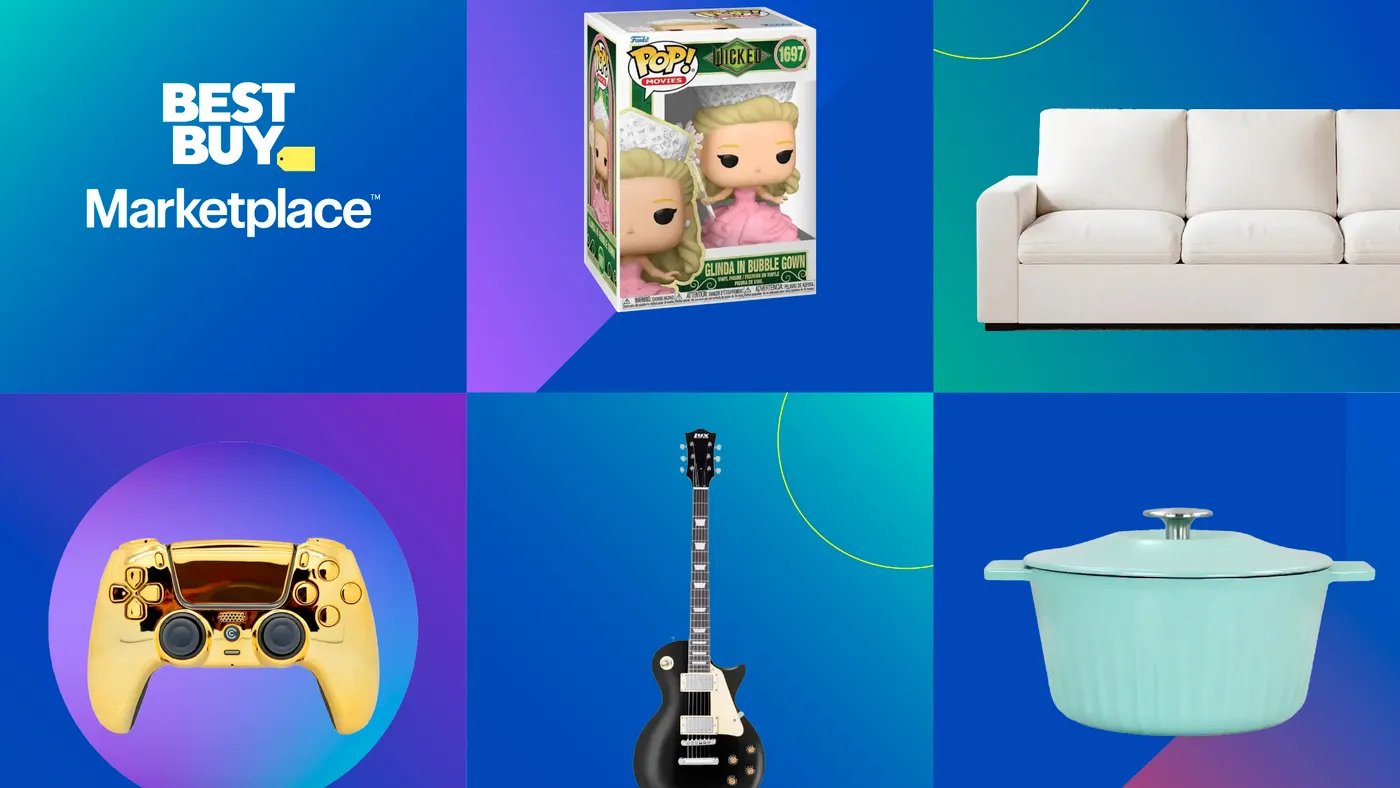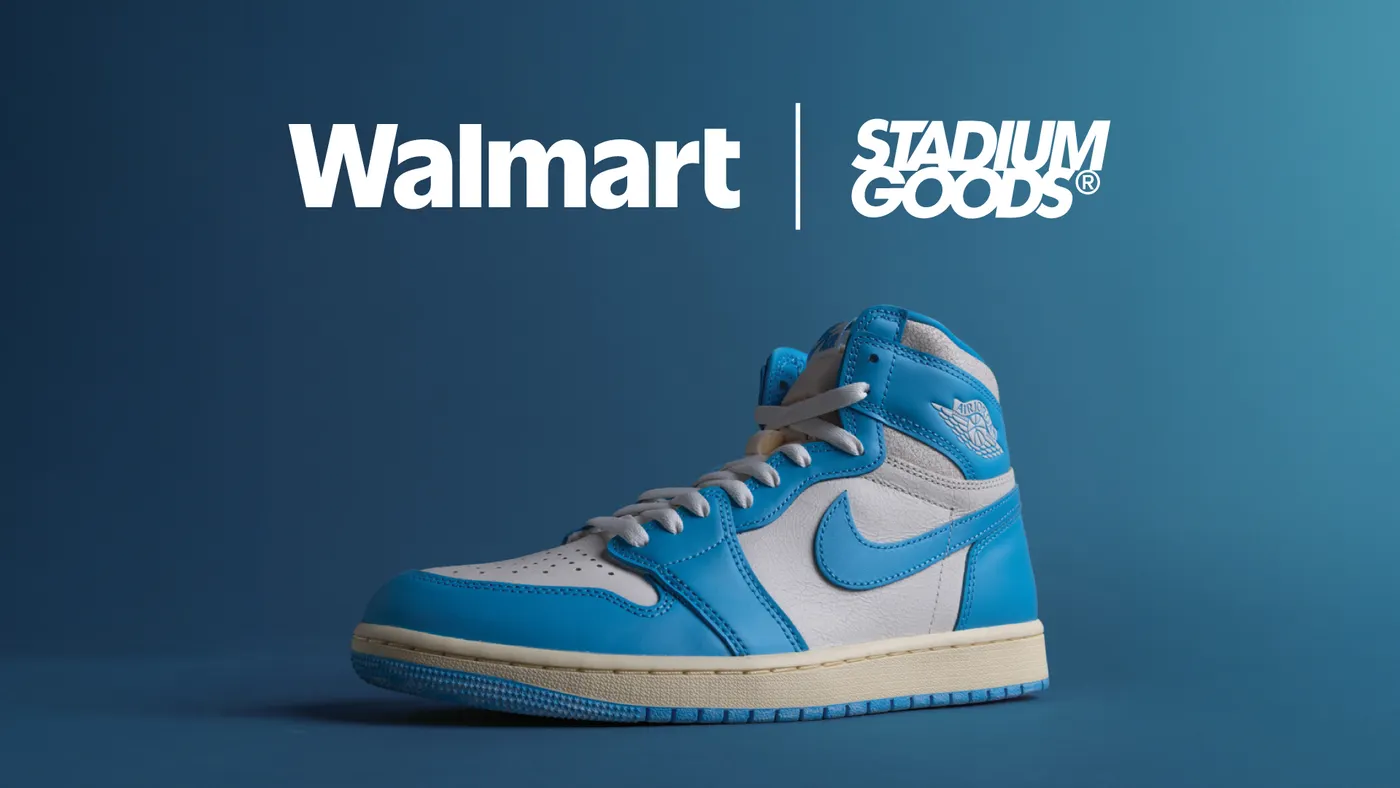By: Nick Proffitt
• Published Nov. 1, 2025
For at least a decade, retailers have been fretting about Amazon and Walmart's growing market share. And with good reason: Amazon is dominating online specialty categories like home and garden, beauty and personal care and consumer electronics, with Walmart not far behind.
But despite the power of the retail giants’ market share, there are chinks in the armor that retailers are already exploiting.
While retailers are not always trying to compete directly with Amazon’s "everything store" approach, they are stealing a page from the digital giant's playbook and adopting marketplace models to expand product selection without the cost (and risk) of storing their own inventory. This way, they're able to offer customers more choice at more price points, while maintaining control of their brand.
This article explores how innovative retailers are using marketplaces to close the gap with Amazon and Walmart.
Where Amazon and Walmart win against retailers
While size helps, Amazon and Walmart’s market lead is amplified by their ability to offer superior customer experiences via massive inventory assortments and personalized recommendations.
For traditional retailers, this isn't just a challenge; it's a daily battle against the constraints of legacy systems.
Their supply chains, often rigid and built for a different era of commerce, struggle to maintain agility. This results in the all-too-common "out-of-stock" notification — a message that doesn't just delay a purchase, but effectively sends loyal customers straight to a competitor's website.
Beyond sheer availability, the issue extends to discovery and trust. While customers now expect an "endless aisle" for every need, they are too often met with limited selections and, more critically, the results of disorganized product data.
For example, a shopper searching for a “women’s black leather crossbody bag,” might get results instead for laptop bags, wallets or tote bags in various colors and materials, none of which match the shopper’s intent.
This isn't just a messy backend problem; it directly degrades the customer experience. It manifests as poor-quality product images, inaccurate or incomplete descriptions and irrelevant search results, creating a cycle of shopper frustration that erodes trust and inevitably drives higher return rates.
Each deficiency can snowball into significant market share loss for retailers, especially when customers can switch to Amazon or Walmart with a single click.
Competing on customer experience via marketplaces
Competitive pricing and fast delivery aren’t enough for retailers to compete with giants like Amazon and Walmart. To compete and win, they need to differentiate on customer experience — making sure shoppers always find what they need, trust what they’re buying and enjoy a smooth process from browsing to delivery.
This is the experience customers have come to expect. In fact, according to a recent BCG survey of more than 1,500 consumers, the marketplace model outperforms traditional eCommerce sites in six of the nine aspects that they value the most when shopping online.
These models — implemented by retailers such as Macy’s, Urban Outfitters, J. Crew and Bloomingdale’s — allow retailers to harness a broader collection of products and sellers, giving them their own expanded assortment pool.
Marketplace models address retailer weaknesses (that Amazon and Walmart continue to exploit) in three crucial ways.
First, marketplaces solve out-of-stock problems by pulling from a wide network of sellers, which keeps digital shelves full and prevents customers from defecting to competitors.
Second, they allow retailers to offer more variety without the associated financial risk, making it possible to expand both essentials and niche catalog products, without carrying the inventory themselves.
Finally, marketplaces enforce high-quality product data. Poor product data — missing specs, blurry images or error-prone descriptions — confuse shoppers and erode brand trust.
The keys to marketplace success
Marketplaces that succeed share three common traits:
- Curate with purpose and pace. A marketplace shouldn’t be a dumping ground for random products. The best ones expand assortments thoughtfully and quickly, adding items that fit the brand’s identity and strengthen customer trust. Ulta, for example, launched its marketplace with 100 new brands and products on day one.
- Elevate the customer experience. Successful marketplaces keep digital shelves stocked and maintain high standards for product descriptions, images and delivery. When shoppers trust what they see and receive what they expect, they're much more likely to return.
- Get the whole company on board. Running a marketplace isn’t just an eCommerce strategy. It requires coordination across merchandising, marketing, legal and logistics to deliver a seamless customer experience.
These traits are not “nice to haves”; they are prerequisites for managing a marketplace that gives customers a reason to choose a retail brand over Amazon, Walmart and other competitors.
The marketplace moment is now
Amazon and Walmart may dominate today, but they’re no longer the only ones shaping eCommerce. With the rise of agentic commerce, new players like OpenAI, Anthropic and Google are having a bigger influence on the future of eCommerce than ever before.
More retailers are borrowing from the digital giants’ blueprints and launching their own marketplaces to compete on a more level playing field. Leaders are going a step further to ensure their expanded inventory strategy helps them compete in an era that will be defined by AI agents and disintermediated shopping experiences.
Further yet, these aren’t projects that are being slow-rolled — they’re moving fast and proving that quality curation, future proofing and speed can coexist.
The longer retailers wait, the more competition there will be, and the further they’ll fall behind.
Marketplaces aren’t experiments anymore; they’re the key to staying relevant in an agentic commerce future where adaptability, speed and brand trust separate the leaders from everyone else.
Article top image credit: Getty Images












